The Music Bandits of YouTube: Listening to Videos
Published by Spinutech on August 6, 2018
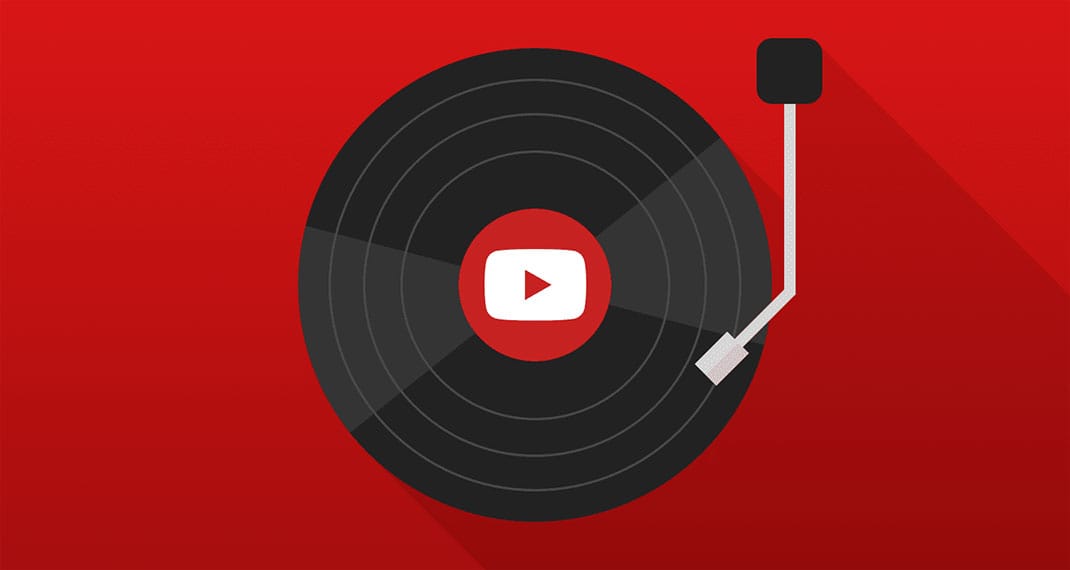
Everyone has a favorite music player. Hipsters listen to vinyl. Boomers like their radios. Gen Z and Millennials overwhelmingly stream with services like Spotify, Pandora, and SoundCloud. But the real monster — yes, for music — is YouTube.
"But YouTube is a video platform," you're probably thinking, and you're right. It is. People also use it to listen to music. A lot of people use YouTube for music. According to the IFPI's Music Consumer Insight Report:
- 75% of internet users utilize video streaming as a source for listening to music.
- YouTube alone accounts for 46% of all time spent listening to on-demand music.
- 85% of YouTube users used the site for music in the last month. That's an estimated 1.3 billion users.
These stats are just as new to me as they are for you. I assumed some people used YouTube to listen to music. I didn't know how many and never thought to find out. You don't buy radio spots on YouTube, right?
...
...right?
The (Misleading) Definition of a View
Google defines view rate as "the number of views or engagements your video ad receives divided by the number of times your ad is shown." Views are "the number of times people watch or engage with your video ad". Semantically, you are led to believe that views are seen. Why wouldn't they be?
Views are our priority metric for branding campaigns. We run a lot of TrueView in-stream ads — the video ad type that plays before the video with an option to skip after five seconds. The idea is that "you only pay when someone chooses to watch your ad". That's Google's promise.

(^Screenshot from the previous link)
This is an oversimplification for the sake of understanding. They go into detail elsewhere. Technically, a view only promises the first 30 seconds (or the duration of the video if the video is shorter than 30 seconds). An engagement with the video — such as a click to like or dislike — also counts as a view.
The View Rates Are Too High
How high does view rate have to be to warrant suspicion? To make you wonder, are people really watching these? For me, it was 50 percent. That was far enough above the norm.
I had a hypothesis that view rates artificially increased due to people using YouTube as a music player. I'm guilty of playing a song on YouTube, working in another tab, then forgetting about it. Autoplay kicks in and it plays another song automatically. It also played an ad that I didn't care to skip.
The problem with my theory is that it was hard to prove. You can see where your ads showed, but there's no easy way to filter music videos. I definitely wasn't going to go through thousands of placements manually. However, after looking through enough I noticed a trend — a trend that, with a simple filter, would get the right data.
Vevo and Auto-Generated Topic Channels
Vevo channels host music videos for Universal Music Group and Sony Music Entertainment. Think Taylor Swift, Justin Bieber, and Miley Cyrus. Their channels get millions — if not billions — of views. The nice thing about Vevo channels is that they literally put "VEVO" in the channel name. There's no guarantee that all placements are music videos, and there are definitely music videos outside of Vevo, but it's a fairly safe bet.
Another safe bet is any placement that contains "Topic." These are automatically generated YouTube channels, and the overwhelming majority are based around bands, genres, and individual musicians.
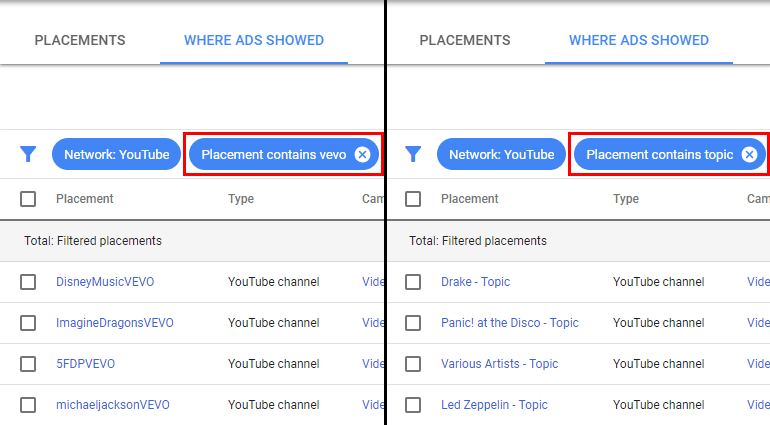
I added a filter to only include placements with Vevo in their name. I downloaded the data, then did the same thing for topics. Here they are compared to all available placements.

It's important to note this isn't based on ALL placements — it's based on all placements available to us. If you look at the row "Total: Where ads showed" and compare it to "Total: Campaign", you'll see the majority of views, but not even half of total impressions. It makes sense. They're hiding most of the placements where people skipped because they were only impressions, and impressions are free. But it does make the view rate for all placements look higher than it actually is.
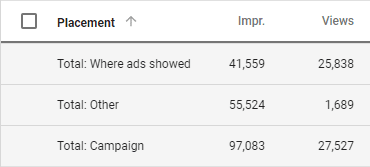
Regardless, these music placements have higher view rates. Either they're great placements or people aren't watching. They're listening. And it's not a small amount either. Vevo placements made up over 5.5% of this data set. How many other music labels are there?
Google Knows: The YouTube Music App
I received a push notification a few days ago to download the YouTube Music app. Timely, considering that I was writing this.
YouTube Music is Google's intentional effort to compete with other music streaming services. They use the freemium business model. The free version includes videos. It also includes video ads. Here's one from my phone.
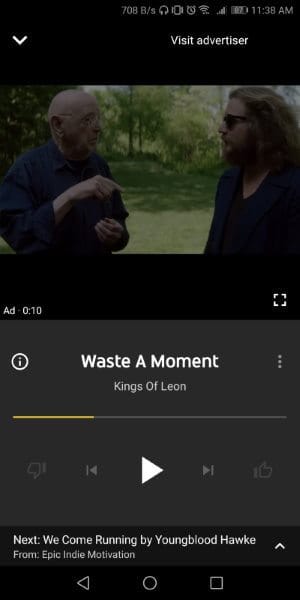
You can get rid of videos and only listen to music by upgrading to premium. This gets rid of the videos, including video ads.
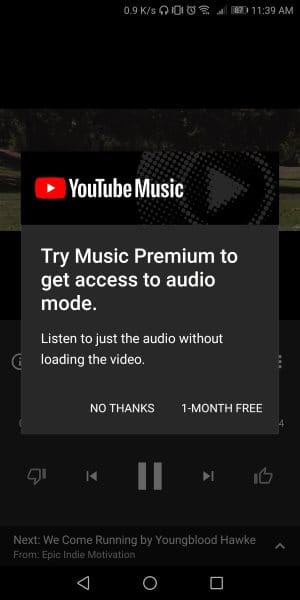
That's confusing. Why monetize an app with video ads when its main value proposition is the option to remove video entirely? It's an audio app funded by video advertisers.
What Can We Do?
All of this might come across as malicious — like I'm implying that Google intentionally sells one thing (views) but delivers something else (listens). That's not my intent. Similar to when a mom lets her kid watch YouTube videos on her phone while shopping at Target, how people use YouTube is outside of their control. I'd rather show a video with no one watching than a lifeless banner when someone is. Maybe they'll provide more options (like programmatic audio ads) in the future. It looks like for some advertisers, they already have.
For now, we can either fight or embrace it.
To fight it, use the same filters mentioned above to select and exclude music placements from your targeting. You can also exclude music-related topics, but from what I've seen, they'll still slip through. Eat, sleep, repeat.
Or you can embrace it. Pay attention to the audio in your videos. Make sure your message gets delivered via sound, so if people don't see it, at least they'll hear it.